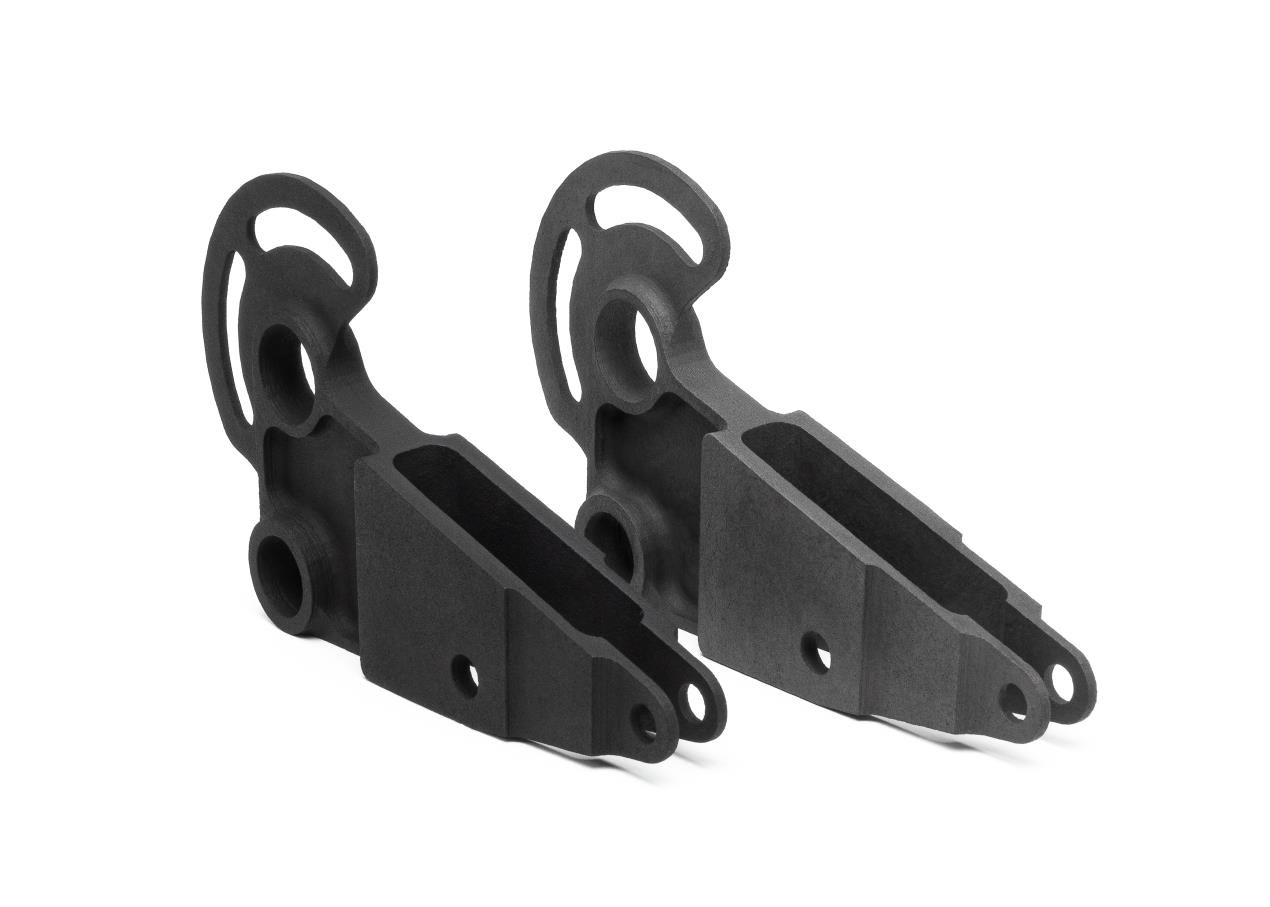
3D printing company Ricoh 3D has developed a range of carbon fiber composites made using additive manufacturing (AM).
The 3D printed carbon fiber polyether ether ketone (PEEK) and carbon fiber polyamide (PA) 12 materials are printed using Impossible Objects’ composite based additive manufacturing (CBAM) process. According to the company, the process creates strong parts with very few geometric restrictions, at lower prices than have been possible before.
Using powder-based 3D composite, continuous carbon fiber is contained in long fiber printing sheets which allows full homogenous coverage of the fibers – making point features and feathered edges possible. As the excess fibers support the unprinted areas, issues with shrinkage, curling or deformation of parts are eliminated, Ricoh said.
Fine features and flat parts were previously impossible using fused deposition modeling (FDM) and fused filament fabrication (FFF) technologies due to the short, chopped fiber formation and lamination between layers, causing parts to fall apart under force, according to the company.
‘Carbon fiber composites are industry-leading when producing lightweight yet strong parts,’ said Mark Dickin, additive manufacturing and molding engineering manager at Ricoh 3D. ‘These properties make the materials ideal for tooling and end-use applications in a range of industries, including medical, aerospace, automotive, sport and industrial; creating anything from propellers to gear components, golf clubs to prosthetics.’
This story uses material from Ricoh, with editorial changes made by Materials Today. The views expressed in this article do not necessarily represent those of Elsevier.





